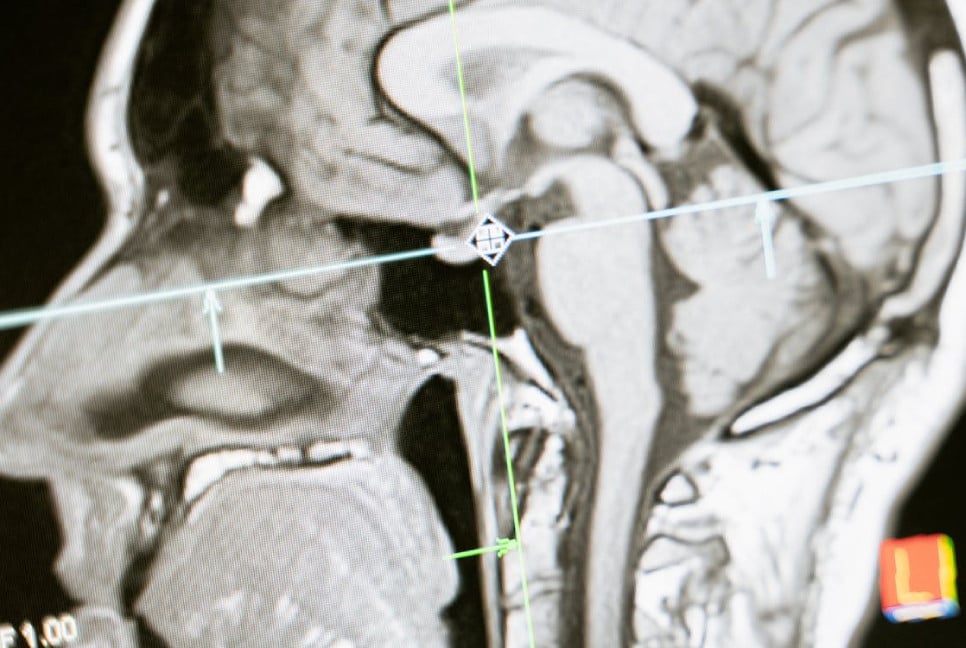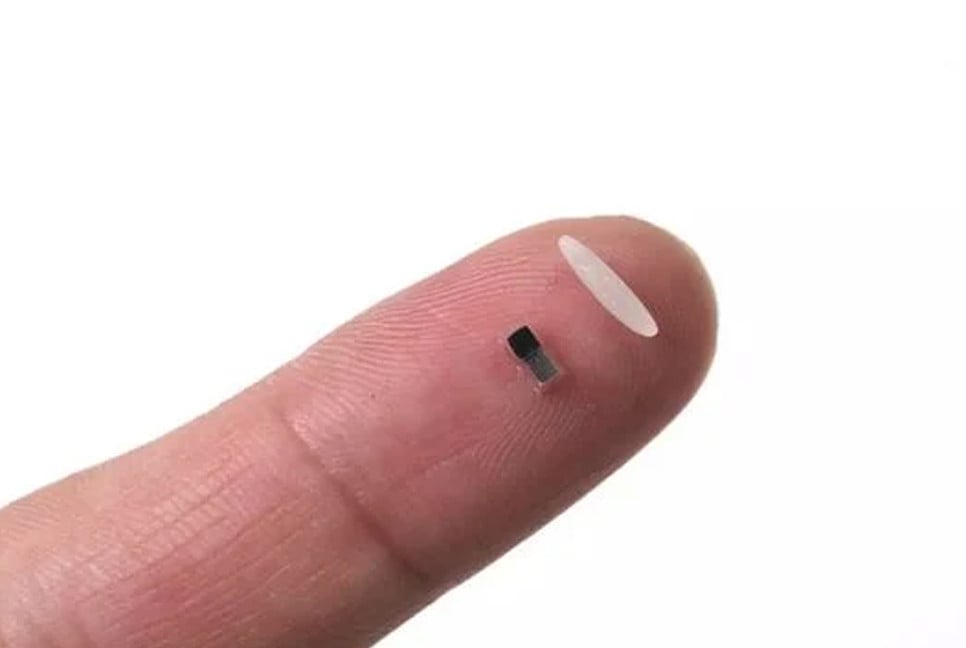A recent study indicates that spending as little as one hour per day on tablets or smartphones could significantly increase the risk of myopia or nearsightedness, a crucial caution for screen enthusiasts.
Myopia is the medical name for nearsightedness, which means that you can see objects that are near clearly but have difficulty seeing objects that are farther away. For example, if you have nearsightedness, you may not be able to make out highway signs until they're just a few feet away.
The systematic review and dose-response meta-analysis found that for every additional hour spent on digital screens daily, the odds of developing myopia (nearsightedness) increased by 21 per cent, as reported in a study published in JAMA Network Open.
The dose-response pattern exhibited a sigmoidal shape, indicating a potential safety threshold of less than 1 hour per day of exposure, with an increase in odds up to 4 hours.
"These findings can offer guidance to clinicians and researchers regarding myopia risk," said researchers.
There has been a surge in nearsightedness cases largely driven by an increased use of digital screens.
The team reviewed data from 45 investigations that looked at the association between screen time and nearsightedness in more than 335,000 participants from toddlers to young adults.
The researchers said the risk increased significantly from 1-4 hours of screen time and then went up more gradually.
However, no association was found with exposure under 1 hour, suggesting a potential safety threshold. The authors say these findings can offer guidance to clinicians addressing the "myopia pandemic."
Recently, industry experts in India discussed the role of technology and gadgets, which are some of the biggest dilemmas faced by students, parents and teachers alike, especially during exams.
Extended screen time can impact the brain's cognitive abilities, mainly due to reduced attention span and the habit of staying in uncomfortable positions on the bed or couch. This can lead to a range of health issues, including obesity, body pain, spine problems, and backaches.
Source: NDTV
Bd-pratidin English/ Afia

































































